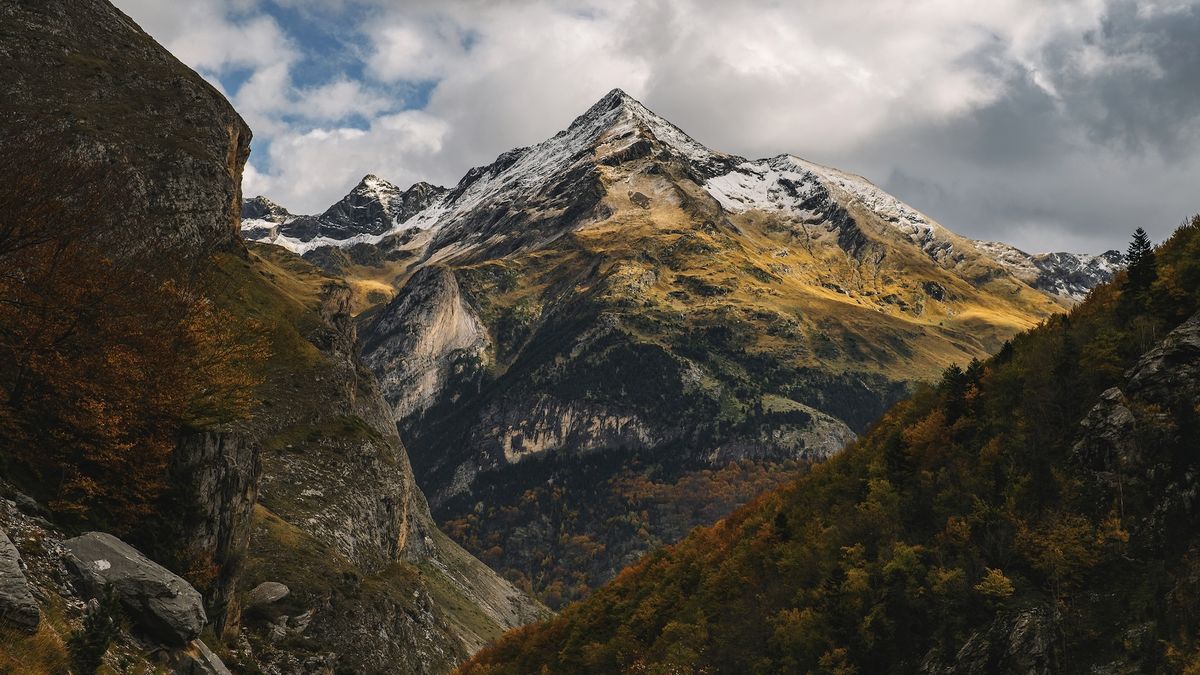The comprehensive search for an American trekker who went missing in the challenging areas of the Pyrenees has concluded with rescue teams finding a body. This confirmation marks the end of a prolonged, though unfortunate, mission that covered the dangerous mountain expanse. The event underscores the significant risks of hiking alone and the harsh realities of the globe’s most demanding terrains. Additionally, it emphasizes the relentless and frequently risky efforts made by search and rescue teams.
The operation to find the missing person showcased international collaboration, as authorities from France and Spain joined forces to meticulously search a huge and challenging area. The Pyrenees, serving as a natural boundary between these two countries, are known for their steep and rocky terrain, thick woodlands, and volatile weather. Teams employed ground crews, specially trained rescue dogs, and helicopters to cover extensive areas. As time went on without any trace of the individual, the mission shifted from a hopeful rescue effort to a somber recovery operation.
The story of the missing hiker begins with a solitary journey into a landscape of breathtaking beauty but immense peril. While the exact details of the individual’s disappearance remain part of an ongoing investigation, it is believed that they were a passionate and experienced outdoor enthusiast. This incident underscores a critical point for all adventurers: even the most skilled and well-prepared individuals can fall prey to the unpredictable forces of nature. The mountains, with their sudden storms and hidden dangers, demand a constant level of vigilance and respect.
The Pyrenees, despite being a favored spot for hikers and mountain climbers, are not a recreation area. The challenging landscape and swiftly altering weather of the range can transform an intended adventure into a fight for survival in no time. Rapid temperature decreases, unanticipated snowfalls, and dense fog can confuse even the most experienced alpinists, causing them to lose their way. The steep ravines and unstable rocks may also result in dangerous footing, where one wrong step can have deadly results. These distinct hazards make rescue missions in the region exceptionally challenging and urgent.
For rescue operations teams, their tasks are both physically and mentally taxing. Initially, the mission is a race against the clock, driven by the hope that the person is still alive and can be assisted. As time passes and weather conditions worsen, that hope often fades, turning the task from saving lives to retrieving them. These committed professionals encounter their own hazards, moving through perilous landscapes and adverse conditions to complete their mission. Their dedication to providing families with closure is a serious and essential aspect of their responsibilities.
This tragedy is part of a larger global trend of hiking and climbing incidents, a sobering reality for a community that cherishes the wilderness. While the number of such events is small compared to the millions of people who enjoy the outdoors safely each year, each incident serves as a vital case study. It reminds us of the importance of adhering to safety protocols, regardless of our experience level. It underscores the need for all adventurers to be self-reliant and to be prepared for the worst-case scenario.
Contemporary advancements have equipped trekkers with a variety of gadgets that can be crucial in emergencies. Ranging from GPS-supported personal locator beacons (PLBs) to satellite communication devices, these tools can be lifesaving. Nonetheless, as this event and similar ones illustrate, devices cannot substitute wise decision-making and comprehensive knowledge of the landscape. Regardless of how advanced the gear is, a trekker must still act wisely, remain on designated paths, and recognize when it’s time to retreat. Technology assists but does not ensure protection.
The emotional impact of a tragedy like this extends far beyond the immediate family. It is felt deeply by the tight-knit community of search and rescue professionals, who are often emotionally invested in the outcome of their missions. It also sends a ripple of sadness through the global hiking community, serving as a powerful and painful reminder of the thin line between an exhilarating adventure and a catastrophic accident. It is a shared grief for a fellow enthusiast who did not return from a journey.
In the aftermath of this grave finding, attention turns towards the managerial and investigative procedures. Local authorities will formally verify the person’s identity, inform their relatives, and carry out an inquiry to ascertain the precise reason for the death. This stage is essential to offer closure and gain lessons from the unfortunate incident. Additionally, the data collected can help enhance future safety measures and rescue strategies, guaranteeing that the loss leads to improvements.
The final and somber result of this search highlights the intricate and often opposing aspects of outdoor exploration. The mountains captivate us with their difficulty and splendor, offering a chance to push personal boundaries against the untamed forces of nature. However, this splendor is accompanied by an inherent and undeniable danger. This tragic event serves as a vivid and sobering reminder that respect, preparation, and a steadfast dedication to safety are the most crucial items in any hiker’s gear.



